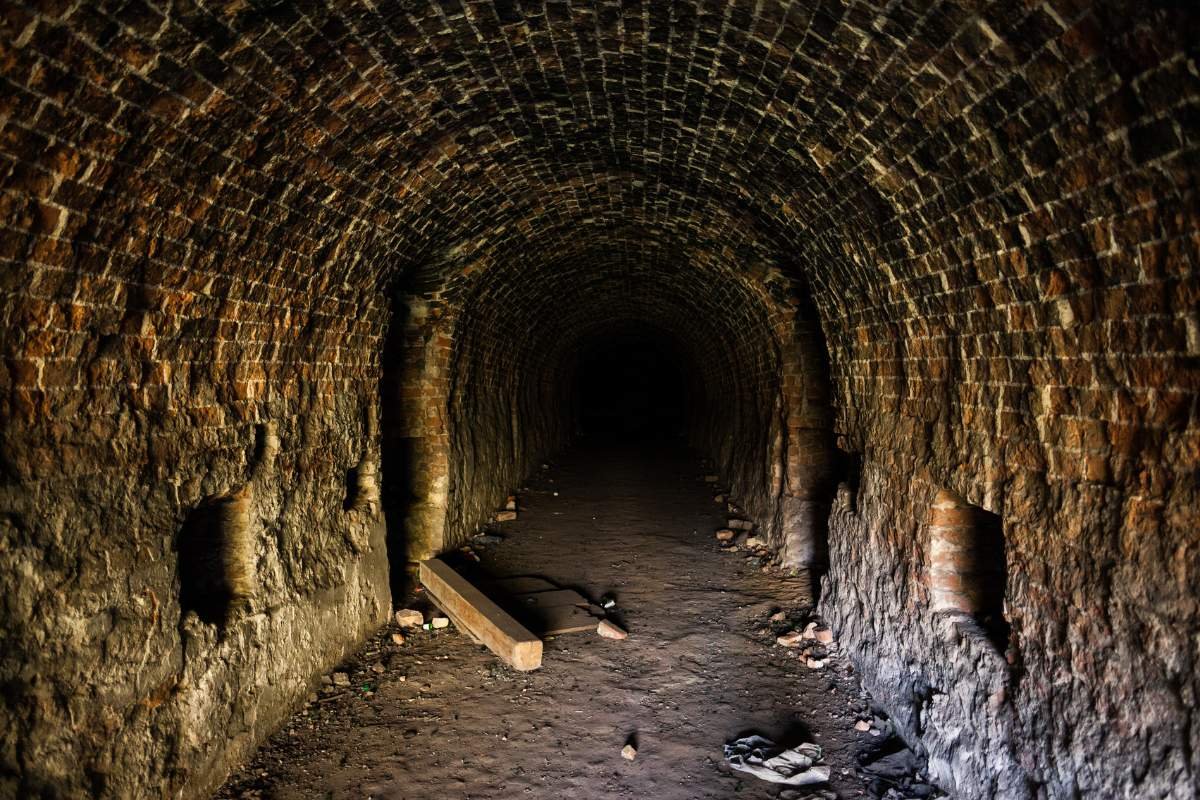Video production is a multifaceted service that blends creativity, technical expertise, and strategic planning. It’s not just about filming—it’s a complex process that includes pre-production planning, shooting, and post-production editing.
From crafting compelling stories to delivering polished visuals, video production services transforms ideas into engaging content tailored to a specific audience.
This service is often considered a full-spectrum solution, encompassing everything from scripting and casting to sound design and distribution. Whether creating promotional videos, corporate content, or cinematic event films, video production serves as a powerful tool for communication and marketing.
1. Overview of Video Production Services that happen behind the scenes
Video production services comprise a structured process of creating video content through three primary phases:
- Pre-production
- Production
- Post-production.
- Pre-production involves planning and preparation, including concept development, scriptwriting, casting, and location scouting. This phase focuses on aligning the project with the client’s objectives and target audience.
- Production phase encompasses the actual filming, where the video production services team uses professional equipment and techniques to capture high-quality footage. This stage requires careful management of lighting, sound, and camera operations to ensure optimal results.
- Post-production includes editing, sound design, color grading, and the addition of special effects or animations. Expert editors and designers refine the raw footage to create a polished final product. This stage often extends to distribution planning, ensuring the video reaches its intended audience effectively.
Full-service video production companies streamline this process by managing all elements in-house, providing consistency and quality across each phase. Video Production services focus on different areas, including branding, marketing, event coverage, education, and recruitment, offering special services to create impactful and engaging content.
2. Strategic Planning & Pre-Production
Strategic planning and pre-production form the foundation of any successful video production services. This stage emphasizes a detailed, organized approach to ensure that the final product aligns with the client’s objectives and engages the target audience effectively.
Pre-production includes goal identification, audience analysis, and deciding the tone and delivery method of the video content.
Key elements in pre-production ensure smooth execution during production. These elements encompass creative development, which involves brainstorming and pitching ideas for the video. Scriptwriting and storyboarding follow, outlining the narrative structure and visual direction.
Practical planning factors into this phase, such as budgeting, scheduling, and assembling the necessary resources. Location scouting identifies ideal recording environments, while permitting secures legal approvals for chosen sites.
Casting selects the right talent to portray the intended message, and equipment preparation ensures everything is in place for filming.
Pre-production also addresses contingency planning. Factors like weather conditions or logistical constraints are considered to avoid delays and disruptions. By handling these components early, the production team mitigates risks while maximizing efficiency.
3. On-Set Production Process

The on-set production process encompasses all activities performed during the actual filming. This phase requires the coordination of crew members, talent, and equipment to execute the creative vision developed in pre-production.
Tasks are:
- Filming scenes using professional-grade cameras
- Adjusting lighting setups
- Capturing audio
- Managing scene direction to ensure consistency with the storyboard and script.
Key responsibilities include operating specialty equipment such as high-definition cameras, stabilizers, and professional lighting rigs. Crew members manage technical details like framing shots, setting up proper lighting conditions, and ensuring clear sound capture. Directors and producers supervise these activities to maintain the intended narrative and aesthetic quality.
Effective communication on set is critical. Teams maintain alignment through clear instructions and real-time adjustments. Challenges such as unexpected weather changes or equipment malfunctions are handled by adapting quickly while adhering to the production timeline. By maintaining seamless collaboration, the on-set process results in high-quality footage suitable for post-production.
4. Post-Production & Editing
Post-production transforms raw footage into a professional final product ready for distribution. This phase includes advanced editing techniques, sound design, color grading, and the integration of special effects. By refining visuals and audio elements, editors ensure the video aligns with the intended message and creative vision.
Key tasks in post-production include editing multiple camera angles, adding animations, and incorporating titles or motion graphics.
For example, event videos often require seamless transitions across different perspectives captured by multiple cameras. Sound effects, music, and voiceovers enhance the emotional appeal and narrative coherence of the content, vital for marketing campaigns or branding videos.
Color grading ensures visual consistency across all scenes while adjusting hues, saturation, and contrast to evoke specific moods. Audio mastering balances levels and removes imperfections, creating a polished sound experience.
This meticulous attention to detail guarantees quality across every aspect of the video.
Final deliverables undergo several revisions to meet client expectations. Once approved, the video transitions to marketing or distribution channels.
Post-production is an essential component of video production services, ensuring each project achieves professional, impactful results.
8 Different Types of Video Production Services and Video Styles
1. Brand & Corporate Profile Videos
Brand and corporate profile videos showcase a business’s mission, culture, and unique value propositions. These videos encapsulate a company’s identity by presenting its essence, including its offerings and core values, through a visually engaging narrative.
For businesses aiming to establish credibility and connect with stakeholders, this video format serves as an integral communication tool.
The production of these videos often incorporates high-quality product videography, company milestones, testimonials, and workplace visuals. Strategically crafted, they help businesses build trust among target audiences, whether by highlighting accomplishments or emphasizing their dedication to quality and innovation.
For example, nonprofits can use these videos to underscore their impact and goals, while tech companies might narrate their operational excellence and product innovation.
By combining interviews, B-roll footage, and clear storytelling, brand profile videos convey authenticity. Adding elements like customer testimonials or behind-the-scenes clips allows companies to humanize their brand image.
These videos often become central pieces for websites, social media campaigns, investor presentations, or recruitment efforts, offering versatile utility across various platforms.
2. Product Demonstrations & Explainers

Product demonstration and explainer videos focus on showcasing functionality, usability, or value propositions of a product or service. These video types clearly communicate complex ideas by breaking them into accessible, visually appealing segments, often using animations or motion graphics.
Demonstrations highlight real-use scenarios, making them suitable for landing pages, ads, and email campaigns targeting potential customers.
Explainer videos streamline product presentations by simplifying intricate features through concise narration and graphics. For instance, software platforms frequently use these videos to show interface navigation and tool capabilities, fostering better user understanding.
These videos combine creative storytelling with technical visuals to engage audiences effectively. They serve as tools to demonstrate products in action, educate users, and instill confidence in potential buyers. By addressing key questions and illustrating solutions visually, demos and explainers drive audience interest and conversion.
3. Testimonial & Case Study Videos
Testimonial and case study videos utilize authentic customer experiences to build trust and showcase measurable outcomes.
These videos present first-hand accounts from clients or customers, often emphasizing the benefits of a product or service through real-world applications and success stories. Effective testimonials focus on concise storytelling, combining client interviews with relevant visuals to highlight specific achievements.
Case study videos delve deeper, offering detailed narratives of projects or campaigns. They typically spotlight a problem, the implemented solution, and the resulting impact, structured to demonstrate a product or service’s efficacy.
This format often includes interviews with key stakeholders, before-and-after comparisons, and supporting data.
These video types are central to B2B marketing, presenting credible evidence of value. Leveraging authentic narratives backed by quantifiable results engages potential customers and strengthens brand credibility across platforms like websites, social media, and presentations.
4. Educational & Training Content
Educational and training videos serve as essential tools for e-learning platforms, webinars, and tutorial content. These videos focus on delivering structured, clear, and engaging information designed to educate specific audiences.
They are commonly used by organizations to upskill employees, onboard new hires, or share expertise on a particular subject.
Key features of these videos include detailed explanations, step-by-step demonstrations, and the use of visuals or animations to simplify complex ideas. Examples include software tutorials, compliance training modules, and online courses. High-quality production ensures the content maintains viewer attention and communicates effectively.
Post-production plays a critical role in these videos. Editing eliminates unnecessary footage, adds captions for accessibility, and incorporates motion graphics for visual engagement. Voiceovers or narration enhance clarity, while audio mastering ensures professional sound quality. Such efforts produce polished educational materials suitable for internal use or public distribution.
5. Event Coverage & Highlights
Event coverage captures live moments during conferences, workshops, product launches, or other occasions in real-time. This process involves filming dynamic environments with specialized equipment, such as high-definition cameras, directional microphones, and lighting systems, to ensure high-quality footage.
Skilled event videographers focus on recording essential moments, requiring adaptability and precision in environments with unpredictable movements or lighting changes.
Highlight reels and promotional teasers created in post-production maximize the impact of event footage.
Video editing refines raw content into concise, engaging formats, often incorporating animations, music, or on-screen text to align with the event’s theme or branding.
Highlight videos, typically ranging from 30 seconds to a few minutes, are widely used in event marketing, offering quick and visually appealing recaps.
Event documentation serves internal and external purposes. Internally, companies utilize recordings for training, knowledge-sharing, or archival.
Externally, promotional content aids in future event marketing, showcasing the event’s success to attract potential attendees or sponsors. With strategic editing, event videos bolster engagement while preserving the essence of live moments for longer-term use.
6. Social Media Video Content

Social media video content is crafted to engage viewers quickly and promote sharing on platforms like Instagram, TikTok, and Facebook.
These videos are often short, ranging from 15 to 60 seconds, and incorporate elements like text overlays, music, and narration to capture attention within seconds.
Dynamic clips tailored for social media emphasize brand awareness and viral potential. Examples include teaser videos, promotional snippets, and user-generated content.
The focus remains on high-impact visuals and concise storytelling, aligning with platform-specific algorithms and audience preferences.
Optimizing social media videos involves adapting to specific platform requirements, such as aspect ratios and captions for sound-off viewing. Videos designed for Instagram Reels or TikTok often feature vertical formats and trendy audio tracks.
These characteristics enhance content visibility and engagement metrics, making social media video content a key element for digital marketing strategies.
7. Recruitment & Culture Videos
Recruitment and culture videos showcase a company’s values, team dynamics, and work environment to attract potential candidates. These videos serve dual
purposes—strengthening employer branding and providing insight into organizational culture.
By highlighting unique perks, employee testimonials, and team camaraderie, businesses position themselves as desirable workplaces.
Key features of recruitment videos include interviews with employees, behind-the-scenes workplace footage, and narratives aligning with the company’s mission and vision.
Culture videos often highlight participation in company events, diversity initiatives, and collaborative environments. These formats provide transparency, helping candidates assess compatibility with the organizational ethos.
According to market trends, videos used in recruitment campaigns improve application rates by 34%. LinkedIn data suggests candidates are 10 times more likely to share recruitment videos than traditional job post formats.
High-quality production ensures visual appeal while maintaining alignment with the brand image.
Recruitment and culture videos integrate storytelling and professional production elements to convey authenticity, building trust among prospective employees. Combining employee testimonials, B-roll footage, and multi-angle visuals creates engaging narratives. By showcasing day-to-day operations, these videos help organizations connect emotionally with their audience.
8. Crowdfunding & Fundraising Videos
Video production services is a versatile and impactful that extends across numerous industries and purposes. From corporate branding to social media campaigns, it combines creativity and technical expertise to deliver tailored solutions.
By leveraging video content, businesses and individuals can effectively communicate their messages, engage audiences, and achieve their objectives. Whether it’s for marketing, education, or storytelling, video production remains an invaluable tool in today’s digital landscape.


















